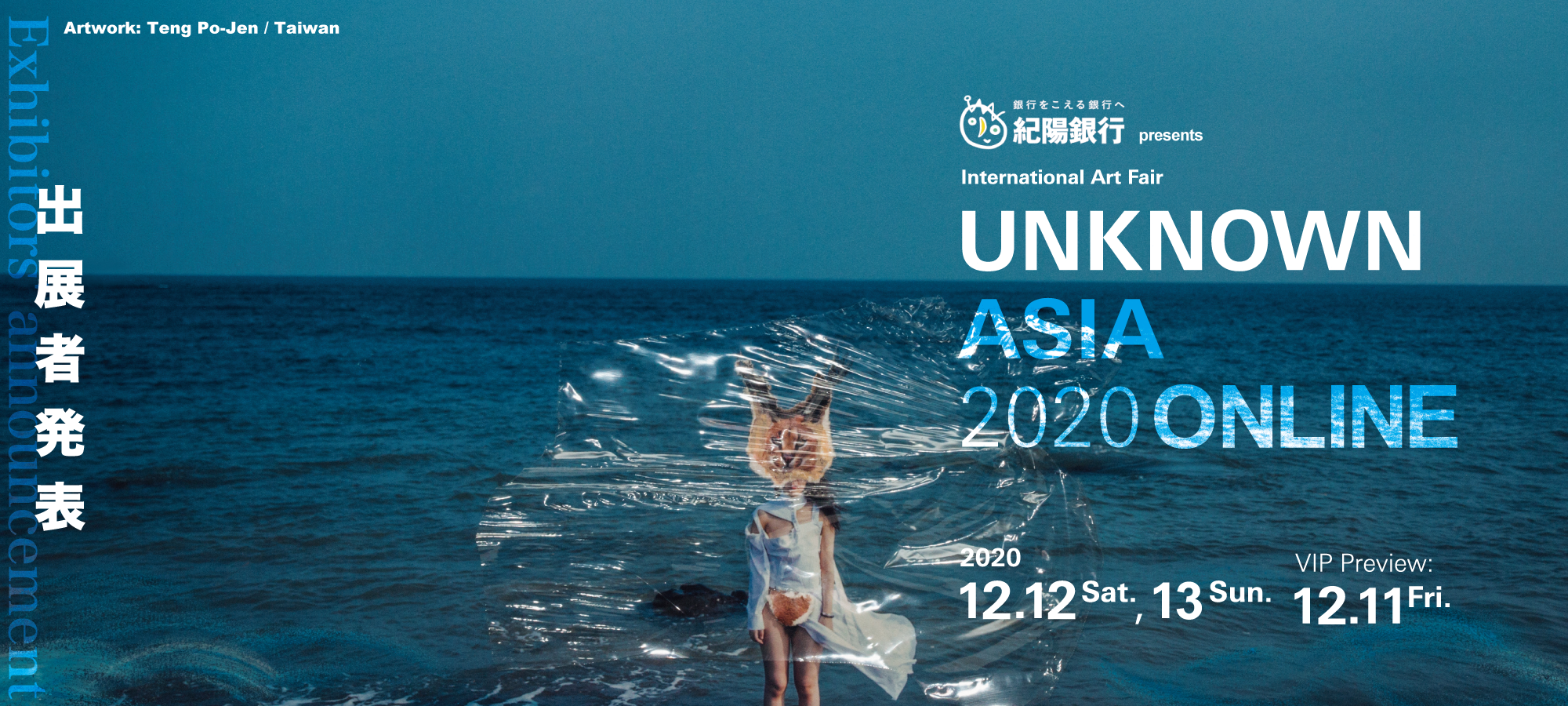TEMPEI NAKAMURA
PEOPLEText: Christal Phillips

Overlooking the rush of cars and passersby enjoying one of the first warm days of March, Tempei Nakamura has a view of it all from his grand piano in his Harlem apartment. He chose this particular room for its view of the Victorian era mansions situated along St. Nicholas Avenue and its two large windows which allow the warm breeze of springtime to blow through the cotton curtains into the living room of his quaint, sparsely furnished one bedroom apartment. Nakamura’s piano, a futon, and a small table next to his piano are all he needs to get by. The room reflects its occupant’s life as an artist who, growing up in the mountains of Kobe, Japan, is inspired by nature and simplicity. Shoes line the apartment’s entrance – an Asian custom – the first sign of occupancy before one enters barefoot, giving the visitor an even more serene connection to the surroundings and vibrations of Nakamura’s playing which reverberate through the hardwood floors above the New York City streetscape. One word to describe Nakamura is peaceful and it is evoked in every aspect of his surroundings and his music.
Dressed in a red t-shirt and jeans with spiky hair, Nakamura appears to be stylish and comfortable in his own skin, a handsome young man you’d expect to find with the young crowd in Greenwich Village. Instead, Nakamura chooses to remain inconspicuous indoors with his music and his thoughts. There is no arrogance when he approaches the piano and plays anything requested from Chopin to Beethoven. His simple apartment uptown and his polite manners reveal that the 28-year-old virtuoso remains introspective and humble about his recent musical accomplishments in his home country. He remains dedicated to music and has admitted to not seeing a lot of New York City because he spends most of his day in his apartment playing the Yamaha piano he bought upon arriving to the United States. He’s been to Blue Note once and his favorite places in New York so far have been Riverside Park and the Hudson River. “I love the Harlem scene,” said Nakamura who had never heard of Williamsburg or the Village. A bit shy upon sitting at his piano bench, he plays for me the latest composition which will likely end up on his second album with EMI Music. He begins modestly with a several etudes before launching into a lush melody with Debussy influences, though it is hard to compare the music Nakamura’s composes. It is neither jazz nor classical. Rather, it is a fusion of traditional Japanese music that reflects the importance of silence and nature along with the classical and jazz training he received at Osaka University of Arts and later at the New York Piano Academy in Harlem, and a tinge of mainstream contemporary music such as pop, country, and rock.
One of his teachers at the New York Piano Academy, Dr. Ronn Yedidia, compared Nakamura’s playing to the great Romantic pianists Franz Lizt and Sergei Rachmaninoff. Yedidia describes Nakamura’s playing as “very heartfelt and pianistic; tonal and virtuosic”. “His music is into aesthetics and beauty. It is always consonant sounding and agreeable to the human ear.” The warmth his friends and teachers speak of comes through as harmonic passion in his compositions. Not professionally trained in music until his late teens, Nakamura plays without any music in front of him and has not yet learned to write his music out on paper for others to play. Everything from the Chopin etudes to his own music is in his head. This has not stopped him from winning awards including the Toshiba/EMI New Talent Competition in November 2006. This led to a record deal with EMI and the release of his debut album titled “Tempeizm” in June 2008 which sold twenty thousand records in Japan and invitations to appear on nearly a dozen television and radio programs. He plans to compose most of the music for his next album in the next several months by the window of his Harlem apartment before recording it this summer in Japan. Its release date is planned for November 2009. “My first album is of memories in Japan,” says Nakamura. “My second album’s concept will be New York inspired and related to my experiences here.” He plays a piece he calls Maiden Voyage which, he says, attempts to communicate through music his feelings upon arriving in New York and his optimism about his future in this new country. In between playing on the piano, he slowly reveals parts of his life and childhood. He politely offers a glass of homemade lemonade and offers a short demo album he recorded before landing his contract with EMI. A baseball bat leans against the wall of the living room. He picks it up and reveals his admiration for Japanese baseball player Ichiro Suzuki who was also the inspiration for one of the pieces on his album titled “Area 51” after Suzuki’s number.
Read more ...







